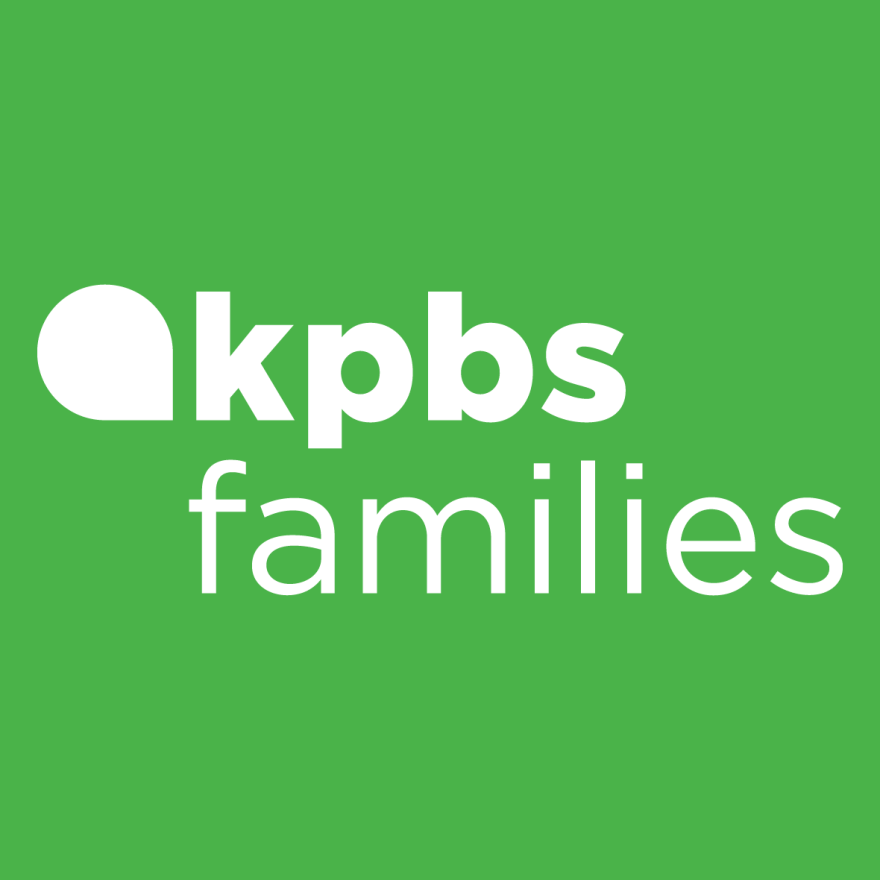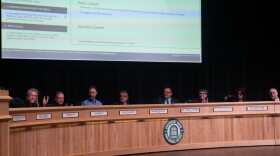“We’re leaving in five minutes! Hurry, get your socks and shoes on!”
Every morning, I remind my kids to keep getting ready before rushing out the door for school. Sometimes, it’s nice to know we’re not the only ones who have a hard time with the morning routine.
In the “Operation Rise and Shine” episode of the new PBS KIDS show, “Lyla in the Loop,” Lyla and her siblings keep missing the bus for school. After a family meeting, Lyla, her twin sisters Liana and Louisa, and her brother Luke try to brainstorm what they need to do to catch the bus on time. They find out that there’s not just one thing making them late, but many things!
The kids break down their morning routine to find the problems and think about creative solutions. They make a sock sorter for Luke to help with his decision-making and set up reminders for Lyla to stay on task. They work together as a team to get ready on time.
Like Lyla and the rest of the Loops, my family struggles with being on time, especially in the mornings! Sometimes we’re late because of added traffic or a child has a meltdown over what to wear. Some days, I simply oversleep, which can start the day off on the wrong foot for everyone. After we had a few too many tardies at school, we decided to rethink and reset just like the Loop family.
Here are three ways to smooth out your morning routine.
Talk through your morning routine
“Kids love information. I think we forget that a lot,” said Susie Allison, creator of @busytoddler and author of “Busy Toddler’s Guide to Actual Parenting.” “Be honest and upfront with your kids as soon as you can in the mornings on what’s going to happen.” Whether your kids are 3 years old or 12, she says to get down at eye level to share the day’s schedule. Using a visual routine or writing out the schedule can help give reminders. By first discussing the routine and planning it out by breaking it into parts, you can help your child know what to expect. Then, if something comes up you can tell them why there’s a change and update them when things will happen.
“Kids thrive on routines because time is really difficult for kids to understand,” said Allison, who holds a master’s degree in early childhood education. As a mom of three, she uses visual reminders such as a printable checklist and key phrases to talk through each day’s plan.
When running late or in a rush, Allison tells her kids it’s a “fast morning.” She’s taught her children these words mean it’s not a normal day but time to get ready quickly. That way, instead of being frantic and stressed, the entire family can become helpers as they move extra fast together.
Find what works for your family
Every kid and every family has their routine preferences and needs. What’s most important is figuring out what works best for your family as you start each day.
If one child wakes up earlier than everyone else, make a plan. That could mean setting up toys for your early riser to play with or asking them to find you first. When my son wakes up before the rest of the family, he knows he can play with blocks until it’s time to get ready on school days. Or maybe you teach them to wait until a specific time before they get out of bed with an OK-to-wake or digital clock.
If you have a kid who has a tough time waking up on time, consider how they can prepare ahead of time. Have them pick out outfits or pack backpacks the night before. If other challenges happen over and over — such as forgetting to brush teeth or not being able to choose a pair of socks — think through what a creative solution looks like. In the show, for example, Lyla and her siblings created a tool to use the sink better at the same time.
Work together to reach your goal for a smooth morning
While getting ready in the morning, sometimes it can be easy to forget that we’re all on the same team, working toward a common goal. What’s your family’s goal with your morning routine? In our house, we want to start the day off right and make it to school on time. We also want to do it with good attitudes and support each other with kindness.
“Anytime we’re talking about a family and the structure of the family, I come back to a sense of community. We do what will help the community,” said Allison. “We help. We honor strengths, differences, and needs, and what will ultimately help the person and help the family to succeed.”
Remind your kids what your goal is and what the routine includes. Show them ways to help and encourage them to stay focused. For example, you can find ways each member of the family can contribute, such as having one person fill everybody’s water bottle and another person get shoes ready. Then when you get out the door on time as a family, celebrate with hugs and high fives!
To watch another family work together like a team, check out “Lyla in the Loop” on PBS Kids!







